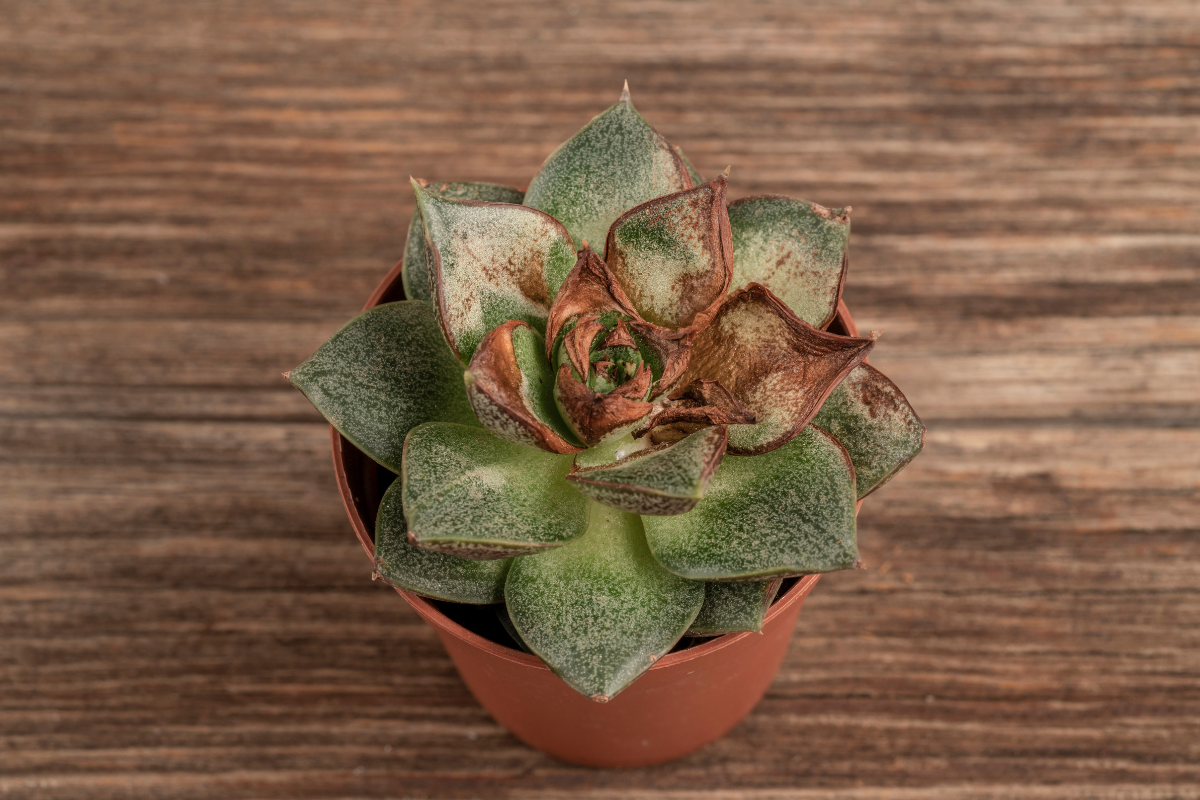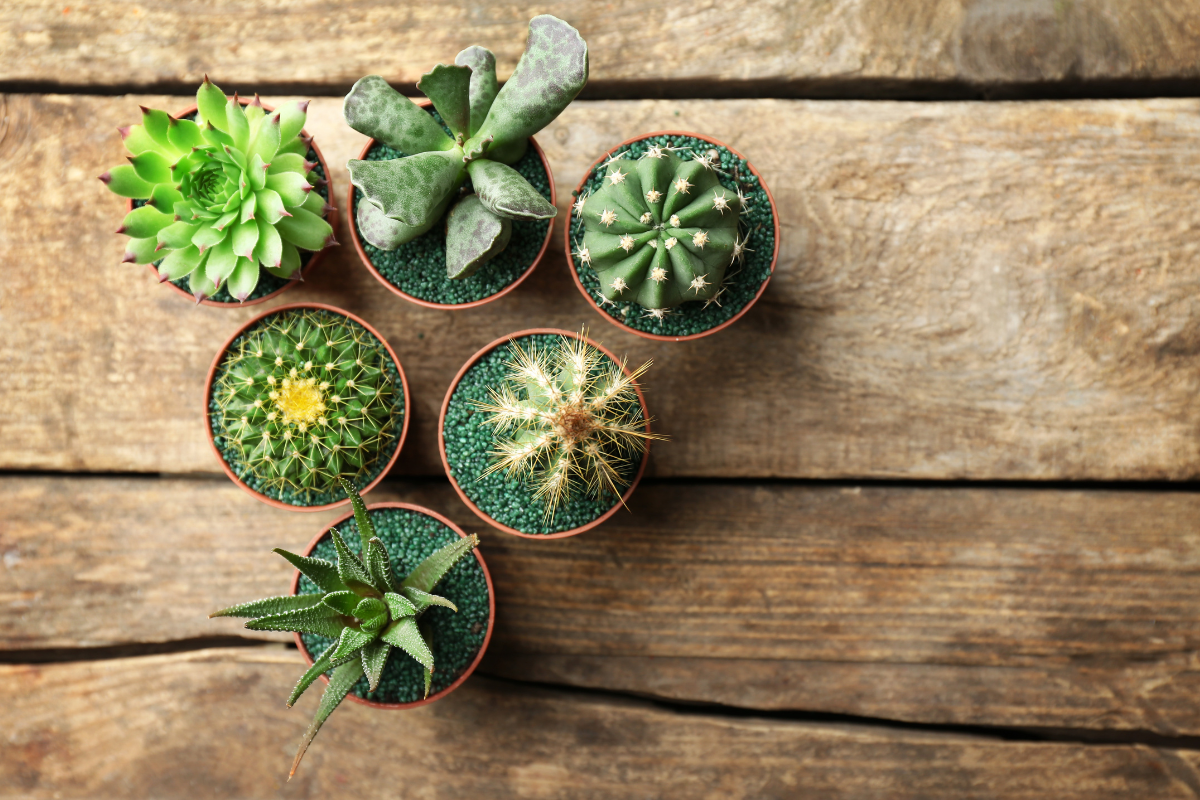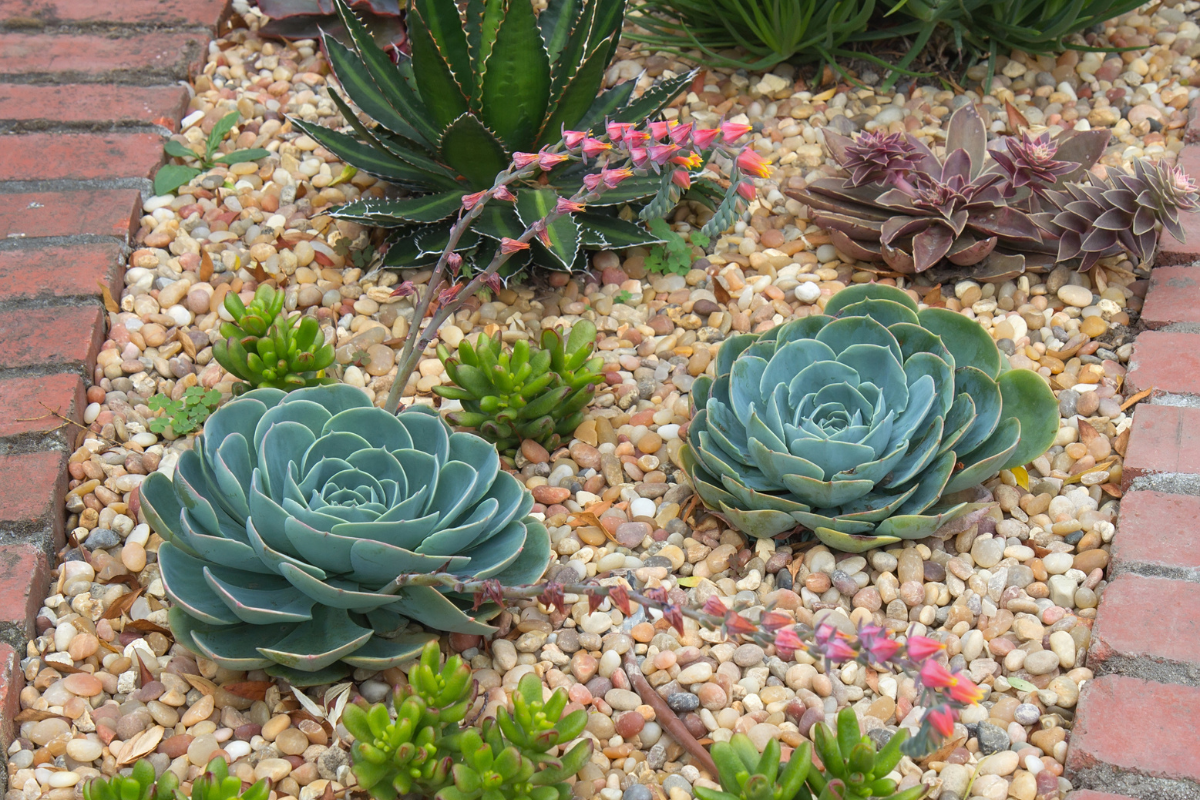Do you have a cactus that looks like it’s stretching toward the sun? Don’t worry, it’s not trying to escape!
This phenomenon is known as etiolation and while it may seem concerning, it can actually benefit your cactus in some ways.
In this ultimate guide to cactus etiolation, we’ll explore what exactly etiolation is, how it occurs, its benefits, and most importantly – how to care for an etiolated cactus.
Table of Contents
What is etiolation?
Etiolation is a natural phenomenon that occurs in plants when they don’t receive enough light. In the case of cacti, etiolation often causes them to grow taller and thinner than usual, as they try to reach brighter areas.
Because cacti are adapted to survive in harsh desert environments with plenty of sun exposure, etiolated cacti can look quite different from their normal counterparts.

As the plant grows, it may also start to lose its distinctive spines or needles, which can be another sign of etiolation. This happens because the energy that would normally go into producing spines is redirected toward growth instead.
While some people might find an etiolated cactus unattractive or worrisome at first glance, it’s important to remember that this condition isn’t necessarily harmful to your plant – in fact, there are even some benefits!
How does etiolation occur?
Etiolation occurs when a cactus is not receiving enough light. This can happen for a variety of reasons, such as being placed too far from a window or in an area with low natural light.
The stretching happens because the cactus is trying to find more light to produce energy. As it grows taller, its stem becomes thinner and weaker since there are fewer resources available to support growth.
Etiolated cacti often have pale green stems that look stretched out or elongated compared to their normal shape. They may also have smaller spines and fewer flowers since they don’t have enough energy reserves to support these features.
The benefits of cactus etiolation
While etiolation is often viewed as a negative occurrence for cacti, it can actually have some benefits for these desert plants.
A benefit of etiolation is that it can make your cactus look unique and interesting. The stretched-out stem segments give the plant a distinct appearance that can enhance its aesthetic appeal.
If you are interested in propagating your cactus through cuttings, an etiolated stem may be easier to work with since it will likely be longer and thinner than a non-etiolated one. This can make cutting and rooting the stem simpler and less risky.
While you should always aim to provide your cactus with optimal growing conditions to prevent etiolation from occurring too frequently, it’s good to know that there are some upsides to this phenomenon!
How to care for an etiolated cactus
It’s important to note that etiolation isn’t always reversible, so prevention is key.
If a cactus gets etiolated at a certain spot it will remain the same. If you provide it with enough sunlight, it will start to grow normally and plump but the portion that got etiolated will still remain the same.
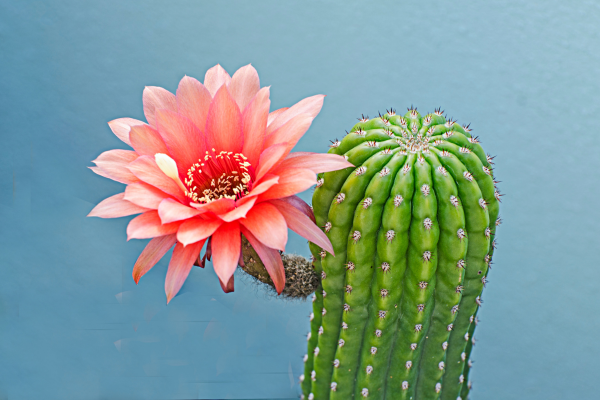
If you notice signs of etiolation in your plant, move it closer to a source of light immediately and be patient – recovery can take time!
Caring for an etiolated cactus can be a bit tricky, but it is important if you want to help your plant recover.
- Identify the cause – The first thing you should do is identify the cause of the etiolation and address that issue. Whether it’s lack of sunlight or too much water, fixing the root problem will prevent further damage.
- Repot – Next, consider repotting your cactus into fresh soil. This will provide it with new nutrients and allow for better drainage. Be sure not to overwater – only water when the top inch of soil feels dry to the touch.
- Sunlight – To encourage healthy growth, give your cactus plenty of bright but indirect sunlight each day. You may also want to rotate it regularly so all sides get exposure.
- Cutting – If your cactus has become very tall and leggy due to etiolation, you can try pruning it back by cutting off the top portion with a clean knife or scissors. This will encourage new growth from lower down on the stem. You can learn this process in detail below.
- Support – The thin and weak area can’t stand by itself and you might need to support it on some kind of a stand to make it straight.
Caring for an etiolated cactus requires patience and some trial-and-error as you figure out what works best for your specific plant. But with proper attention and care, even an etiolated cactus can make a full recovery!
How to fix etiolated cactus
One way you can grow it is that you can cut off the well-grown part at the top after the etiolated part and plant it separately.
Now, just cut off the etiolated part as well and it can separately be planted. While cutting just make sure to cut it diagonally, this will let the water slide off in case it rains or it might get into the plant.
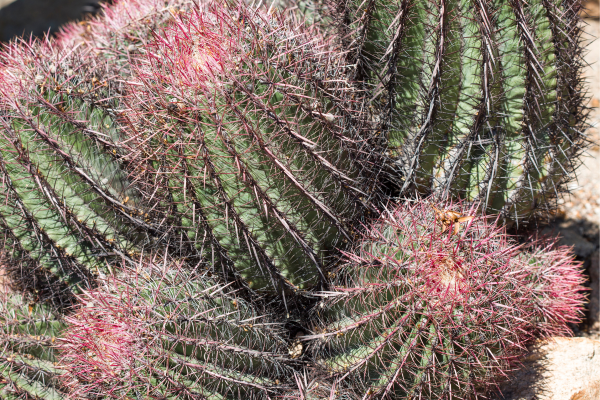
After cutting it apply some amount of cinnamon and let it for about a week if you are in the summer season, if not let it for about two weeks. Cinnamon has anti-fungal properties that prevent any kind of fungus or bacteria from growing on cactus and promotes growth.
The rest of the healthy plumpy bottom portion can be left as such since it can produce new branches.
After planting it back, place them in the sunlight, and the plant will start to root. If the plant grows back naturally it will start to plump up a little.
Depending on the type of cacti you grow the methods to bring it back from etiolation can vary.
Identify the breed or variety of your cactus and find out the measures that are suitable for your breed.
Conclusion
Ultimately, etiolation is a natural occurrence that can happen to any cactus. While it may not be ideal, there are benefits to an etiolated cactus and ways to care for them properly.
Remember to always provide your cactus with the necessary amount of sunlight and avoid overwatering. If you notice your cactus starting to stretch towards the light, consider moving it closer or providing additional artificial lighting.
By understanding what causes etiolation and how to properly care for an etiolated cactus, you can ensure that your plants thrive in any environment. Keep these tips in mind as you continue on your journey of growing beautiful and healthy cacti!

